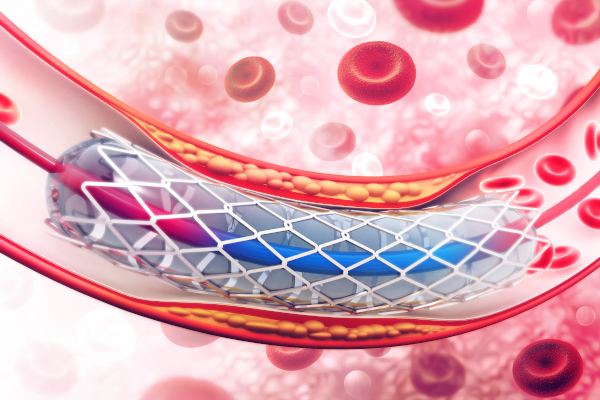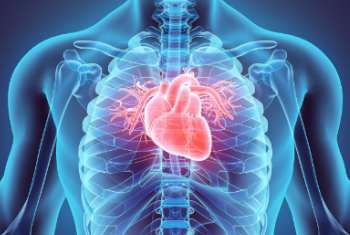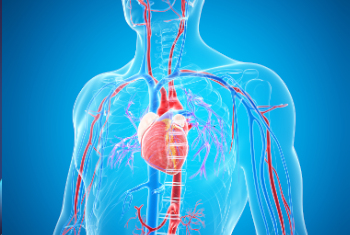Interventional Cardiology


Cardiology is a large field of study and practice that covers many diseases and disorders of the heart as well as several different kinds of treatments.
Interventional cardiologists may treat with minimally-invasive procedures that relieve symptoms and minimize the risk for serious events such as a heart attack or stroke. Procedures such as this are done with a catheter, a thin, flexible plastic tube. Rather than making an open incision, your doctor will make a small cut to insert the catheter and advance it to the area to be treated. Catheter procedures are also used with imaging processes, such as X-ray and ultrasound, to diagnose cardiovascular issues. The catheter can be used to inject dye for x-rays, open narrowed artery walls, widen heart valves, place stents, or perform other tests and procedures. Interventional cardiology is intended to help patients get an accurate diagnosis without having to resort to surgery. Interventional cardiologists will use non-surgical techniques, such as a catheter, stenting, or balloon angioplasty, to treat various types of heart disease by unclogging or unblocking the arteries.
At the Fort Worth Heart we use cutting-edge equipment and technology to help patients with ailments including aneurysms, coronary artery disease, peripheral artery disease, and more. In many cases, interventional cardiology procedures help patients avoid the need for surgery. You can expect the highest level of expert care during these procedures:
- Atherectomy – Cutting away plaque (fatty buildup) inside arteries with blades or other devices.
- Cardioversion – Delivering low-energy electric shocks from outside the chest to the heart to restore a normal rhythm.
- Cardiac catheterization – Using a catheter to access blood vessels in the heart in order to diagnose or treat heart disease.
- Angioplasty – The use of catheters and other devices to restore circulation to blood vessels in the heart and elsewhere in the body.
- Stenting – Placing mesh cylinders called stents in arteries to keep them open
Invasive cardiology uses surgery, while non-invasive uses techniques that do not involve inserting medical instruments, fluids, or needles into the body. Some examples of non-invasive cardiology techniques include CT scans, heart monitors, and stress tests.






